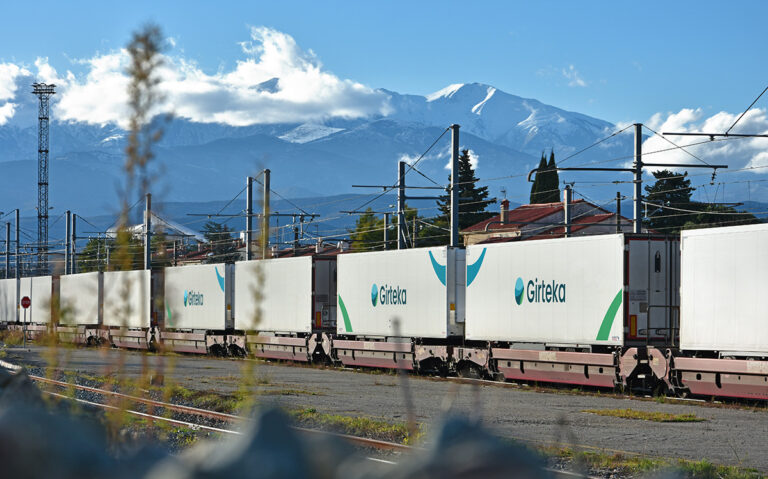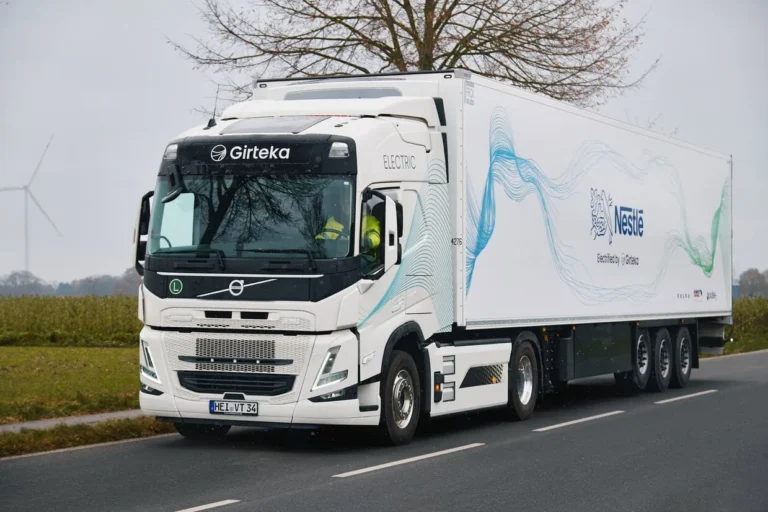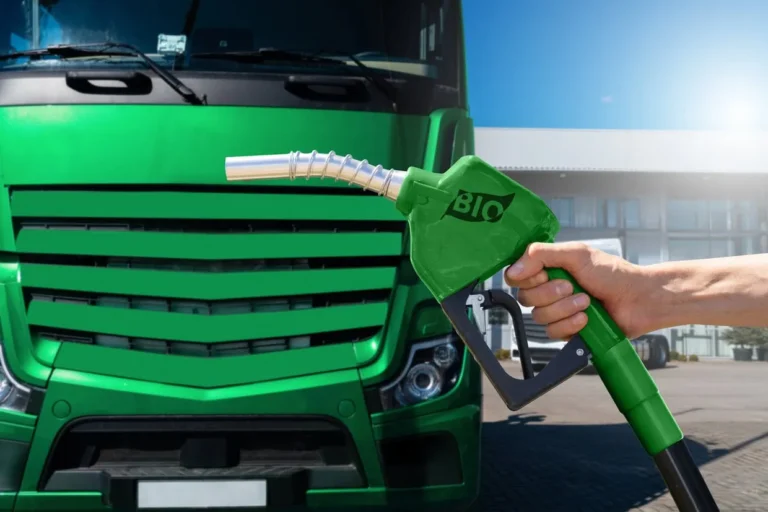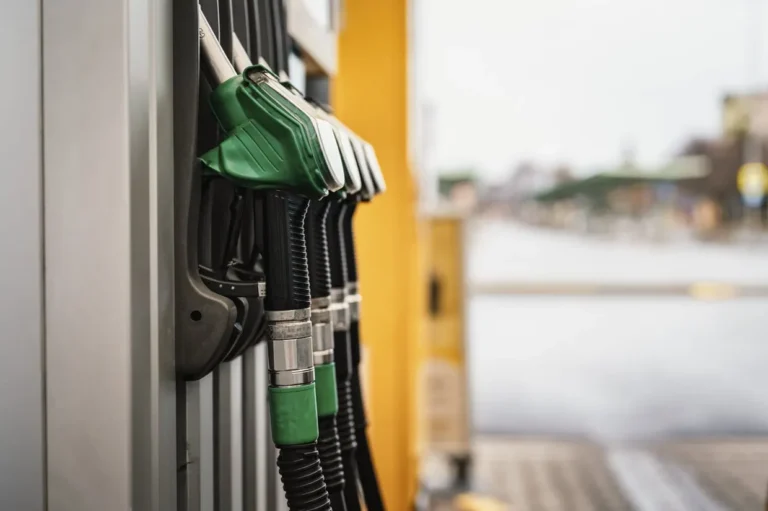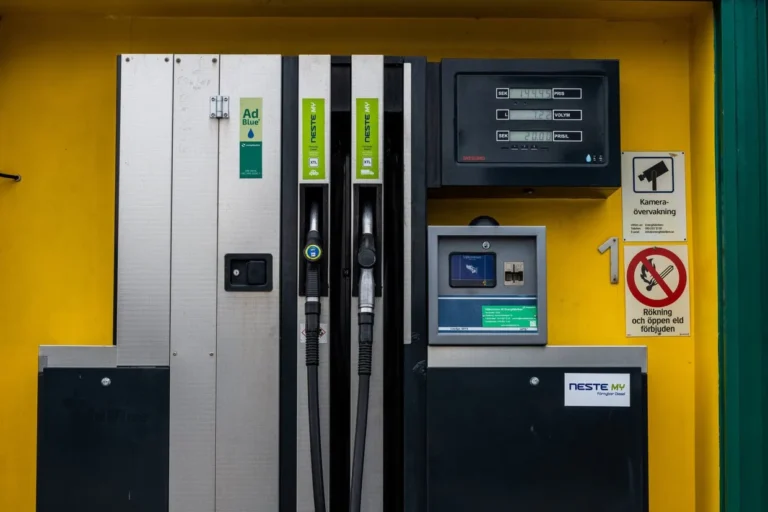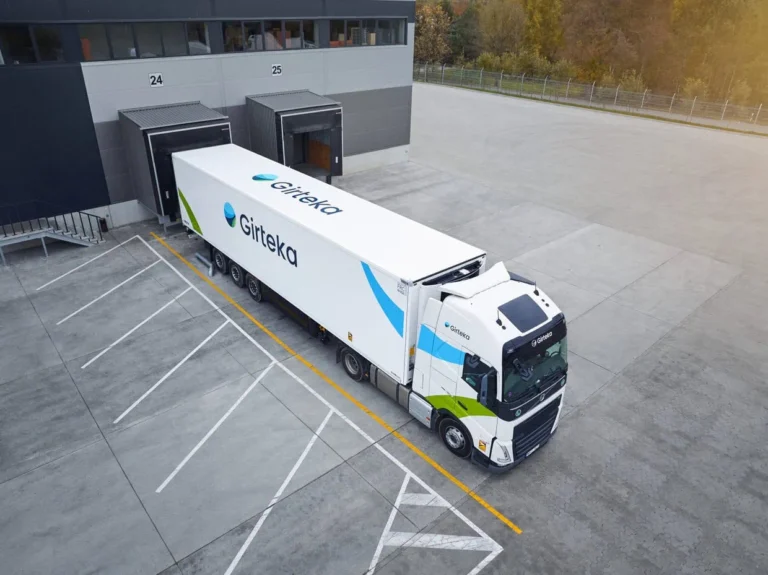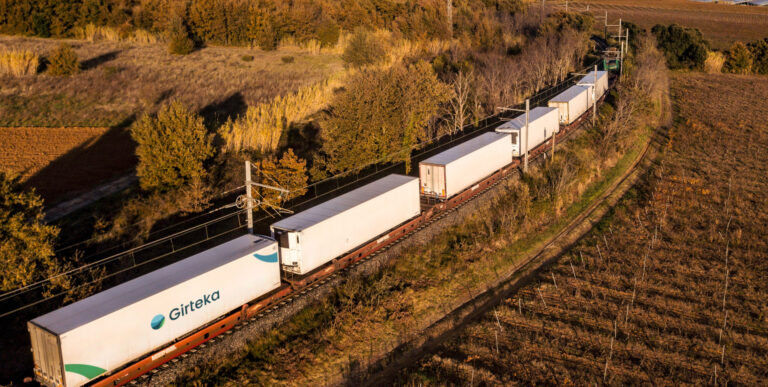To say that the driver shortage has been well documented would be an understatement, especially as in the past few years, the shortage has gone worse. While the issue has subsided temporarily, with some companies hiring less in response to the slowing economic conditions with ever-rising interest rates, it is only a matter of time before older drivers, which comprise a majority of the current workforce, retire and leave a major gap for transport companies to deal with.
In the meantime, transport operators, as well as lawmakers in the European Union (EU), have attempted to deal with the problem and, looking toward the future, introduced regulations that would allow 17-year-olds to begin learning how to drive a truck. As such, they could begin working as drivers as soon as they hit the 18-year mark, removing the potential gap between finishing school and beginning to learn how to drive a truck.
But will that alleviate the problem, meaning that it will become the silver bullet to fix the driver shortage in the EU? Or are there other factors at play, considering that the job of a road freight transport driver is not easy, even if we, for a brief moment, ignore the long time periods that drivers have to spend away from their families on the road?
Problems Discouraging From Becoming a Driver
The shortage can be blamed on several factors. Research by the International Road Transport Union (IRU) from November 2022 warned that if no action is taken, between then and 2026, 30% of drivers in Europe are scheduled to retire. The share of drivers can be reduced with freshly licensed workers, but the problem will remain to some degree: a lot of drivers are now approaching their retirement age with not enough fresh faces to rejuvenate the total available driver roster.
“Europe’s driver shortage crisis is accelerating rapidly, posing a major threat to the continent if nothing is done,” said Umberto de Pretto, the IRU Secretary General in November 2022. De Pretto pointed out that trucks are responsible for transporting “75% of Europe’s freight by volume, and 85% of its perishable, high value and medical goods, such as vaccines and food”.
“Without drivers, Europe’s economy, social mobility, and climate plan will grind to a halt,” concluded one of the executives of the IRU. When the union adopted its new driver shortage position in May 2023, it warned that its predictions show that “in some countries, the shortage will be so dramatic that 50% of the total number of driver positions could be vacant by 2026”.
The November 2022 report pointed out a plethora of issues that could cause such a drastic number of positions to be vacant in three-to-four years’ time. Firstly, there is an accessibility issue, which the EU has already begun tackling by reducing the minimum age limit for drivers in the bloc.
But license costs are €3,330 on average, according to the IRU, which would require financial support from governments as well as transport operators to reduce these costs, attracting “young people, women, qualified foreign drivers, and other professionals”.
Another problem is that the profession is not attractive enough, even to unemployed people. According to the IRU’s research, while some countries exhibit high levels of youth unemployment, only 7% of studied countries had young drivers working in the profession. “There is also a very low share of women truck drivers, despite important levels of female unemployment,” added the union, mentioning these facts in the context that, on average, the “national gross salary for truck drivers is higher than the national minimum gross salary, among the countries analysed”.
As such, the IRU concluded that the three possible solutions, including the aforementioned changes to drivers’ licenses minimum age, are more welcoming options for women, and access to the truck driver profession through an EU-wide network. Lastly, the industry needs more “safe and secure parking spaces, as well as proper rest areas, showers, and restrooms”.
The Facilities’ Problem
Perhaps there is no better indication that the EU has a problem with its facilities than the European Commission (EC) addressing the issue with a directive, namely the Intelligent Transport Systems (ITS) Action Plan and the ITS Directive 2010/40/EU.
“European truck drivers need to have appropriate information on safe and secure parking places,” read the EC’s page about safe and secure truck parking. “Truck drivers in Europe are often confronted with an insufficient number of parking facilities and therefore often park in non-secured zones or unsafe locations like hard shoulders, exposing themselves and other road users to potential thefts and high risk of accidents,” continued the EC.
The Commission has taken action, highlighting that firstly, Europe needs to grow its capacity of parking areas, and secondly, existing infrastructure needs to adopt a digital-first approach. That approach would ensure that truck drivers are aware of the facilities at a certain location, while also knowing, in real-time, whether the location still has any unoccupied spots left.
In an evaluation of the ITS from September 2019, where the Commission looked at the period between 2008 and 2017, it concluded that while the usage of the directive is increasing, it lacks coordination and is slow, risky, and not cost-effective.
“ITS deployment, despite improvements, still often remains restricted to a limited geographical scope. Thus, there remains a clear need for further action on interoperability, cooperation, and data sharing to enable seamless, continuous ITS services across the EU,” continued the EC.
Still, the directive has had a positive impact on the ITS’ development across the EU, and its importance should only grow in the future, with the directive becoming “even more interdependent with other legislation, in particular on aspects related to vehicles, telecommunications, cybersecurity, liability and the processing and flow of data”.
As a reminder, one of the priority actions of the ITS directive was “the provision of information services for safe and secure parking places for trucks and commercial vehicles” and “the provision of reservation services for safe and secure parking places for trucks and commercial vehicles,” according to the legal document.
But to digitalize infrastructure, you need that infrastructure to be there in the first place. That is why the EC has developed the Trans-European Transport Network (TEN-T) policy, “a key instrument for the development of coherent, efficient, multimodal, and high-quality transport infrastructure across the EU”.
However, looking at the current TENtec Interactive Map, a clear trend can be observed: the majority of digitalized and secure parking areas are concentrated in Belgium, Czechia, Denmark, Finland, Germany, the Netherlands, Slovenia, Sweden, and Switzerland, with some being in Austria and Spain. This means that such countries as France, Italy, even Poland, where road freight transport is very active, cannot offer parking areas that are compliant with the ITS directive.
Looking for Solutions
In March 2022, the IRU delivered a grim message, stating that only 7,000 total places in the EU could be designated as safe and secure. “The lack of truck parking areas continues to be a problem for the road transport sector. With only 300,000 truck parking spaces currently available in the EU, there is a significant shortfall of 100,000 spaces to meet total demand,” with safe and secure parking areas comprising 3% of the total parking spaces within the EU.
“Good parking areas are a basic condition for our drivers’ decent working condition. As a sector, we cannot imagine solutions to the massive driver shortage across the European Union without addressing these conditions,” said Raluca Marian, the IRU’s Director of EU advocacy, at the time.
A few months prior, the EC opened a funding program for the Connecting Europe Facility (CEF), aiming to modernize transport infrastructure among the TEN-T network. Offering up to €100 million, the program welcomed potential projects between September 2021 and January 2022.
The goal is to build new safe and secure parking areas for trucks and commercial vehicles, upgrade current infrastructure, or optimize the use of existing infrastructure in the EU. The actions should be completed within four to five years, maximum, according to the grant’s document.
“This new dedicated EU funding for SSTPAs is excellent news for the commercial road transport industry. We are looking forward to a maximum deployment of new parking projects and call on Member States to work closely with interested parties to apply to the EU’s call for proposals,” said Marian in September 2021, adding that this can make a huge difference for the road freight transportation in the coming years.
So far, the project’s page indicates that nine projects applied for funds, including those in Denmark, France, Hungary, Italy, Spain, and Slovenia. While that might not be a lot, it is at least a start to improve the situation of safe and secure parking areas in Europe.
The current driver shortage is a multi-layered problem that has no single solution, but making sure that drivers have safe, secure, and comfortable parking spaces while they are on the road will definitely improve the image and attractiveness of the profession. This can be a good starting position for the industry to move forward and attract talent to drive trucks.

